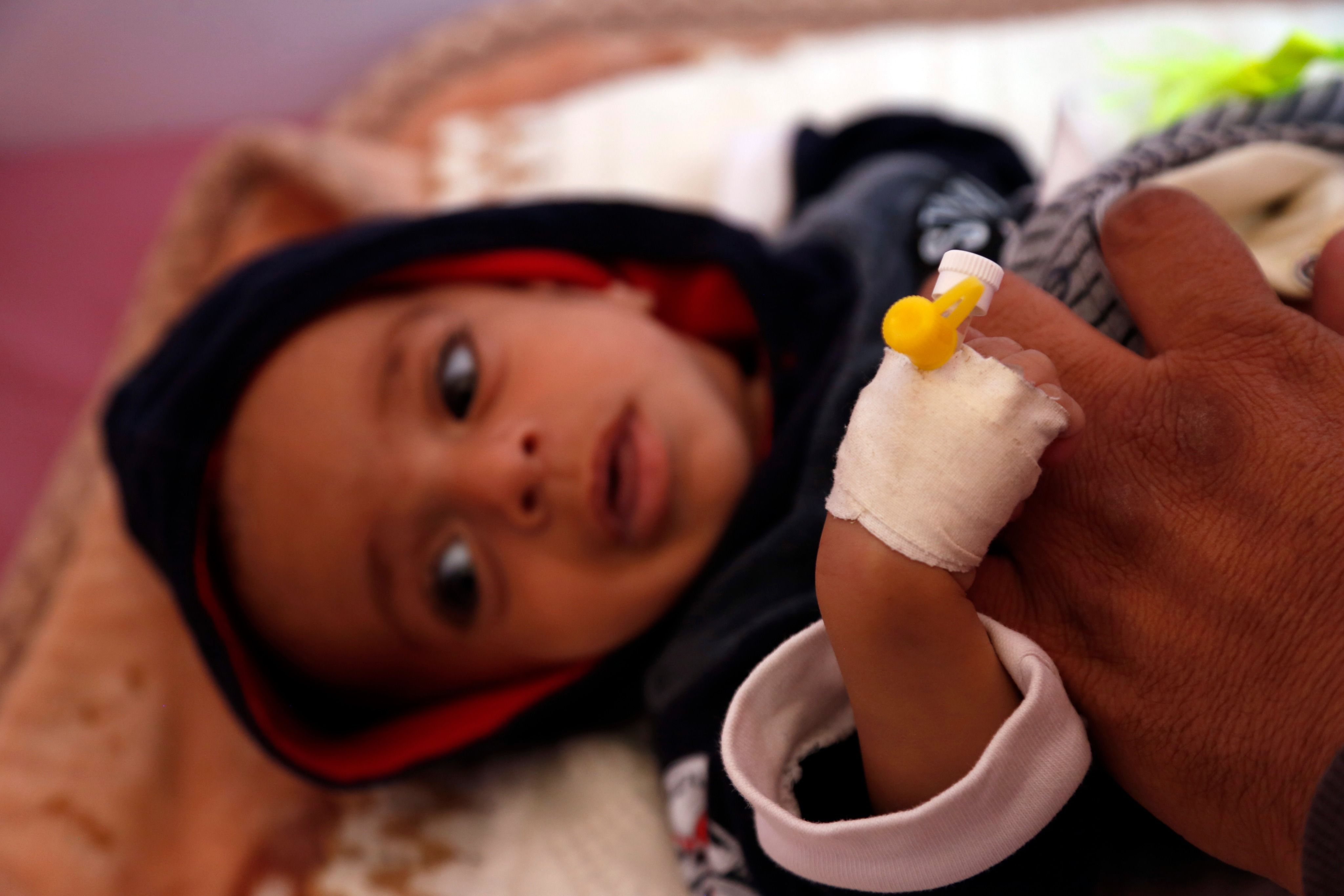Xinhua News Agency, Beijing, April 25th. April 25th is “World Malaria Day”. The World Health Organization has set this year’s theme as “Using innovation to reduce the burden of malaria disease and save lives”, calling for investment and innovation to find new vector control methods, diagnostics and antimalarial drugs to accelerate the global fight against malaria .

2019November 13, in Sana’a, Yemen, infected with malaria of children are being treated in hospital. Published by Xinhua News Agency (Photo by Mohamed)
Malaria is an acute infectious disease caused by the Plasmodium parasite, which is transmitted to humans through the bite of an infected female Anopheles mosquito. According to WHO, there are five species of Plasmodium that cause human malaria, of which Plasmodium falciparum and Plasmodium vivax are the most harmful. The first symptoms of malaria, such as fever, headache, and chills, usually appear 10 to 15 days after being bitten. If left untreated, malaria caused by Plasmodium falciparum can develop into severe disease and even death within 24 hours.
As a major global infectious disease, malaria has always threatened human health. According to WHO data, there are an estimated 241 million malaria cases globally in 2020 and an estimated 627,000 malaria deaths. Among the six major regions in the world classified by WHO, Africa is the most affected by malaria. In 2020, this region accounted for 95% of the global total of malaria cases and 96% of the global malaria deaths. Children under the age of five are estimated to account for 80% of all malaria deaths in the region.
Malaria is actually a preventable and treatable disease. Effective vector control and the use of preventive antimalarial drugs, among others, have had a major impact on reducing the global burden of the disease over the past 20 years. From October 2021, WHO has also recommended widespread vaccination of children in sub-Saharan Africa and other areas with a medium and high risk of malaria transmission, RTS,S, the world’s first malaria vaccine.
In addition, early diagnosis and treatment of malaria can reduce transmission and prevent death. According to WHO, the best treatment available is artemisinin-based combination therapy. According to incomplete statistics from WHO, artemisinin has saved millions of lives around the world and treated hundreds of millions of patients every year.

2020April 13, an artemisinin family in Rongan, Guangxi The staff of the refining and processing enterprise checked the growth status of Artemisia annua seedlings in the laboratory. Photo by Xinhua News Agency reporter Cui Bowen
China has discovered and extracted artemisinin from Chinese herbal medicine in the long-term battle against malaria, accumulating and summarizing many good experience practice. On June 30, 2021, WHO issued China’s National Malaria Elimination Certification, praising China’s remarkable achievement from reporting about 30 million malaria cases every year in the 1940s to 70 years of unremitting efforts to complete malaria elimination today. .
Although there are many malaria prevention and control tools, problems such as the resistance of Plasmodium to antimalarial drugs are threatening the achievements that have been achieved in the fight against malaria. On World Malaria Day this year, WHO is placing a special emphasis on investment and innovation, hoping to develop new vector control methods, diagnostics, antimalarial drugs and other tools as soon as possible.
Global progress in reducing the burden of malaria has slowed or stalled in recent years, especially in sub-Saharan Africa, the WHO said. Urgent and coordinated action is needed to put the world back on track to meet the 2030 goals of the WHO Global Technical Strategy for Malaria.
With the vision of a “malaria-free world”, WHO’s “Global Technical Strategy for Malaria 2016-2030” proposes that by 2030 the world should strive to reduce malaria incidence and mortality to the 2015 basis. decrease by at least 90%.